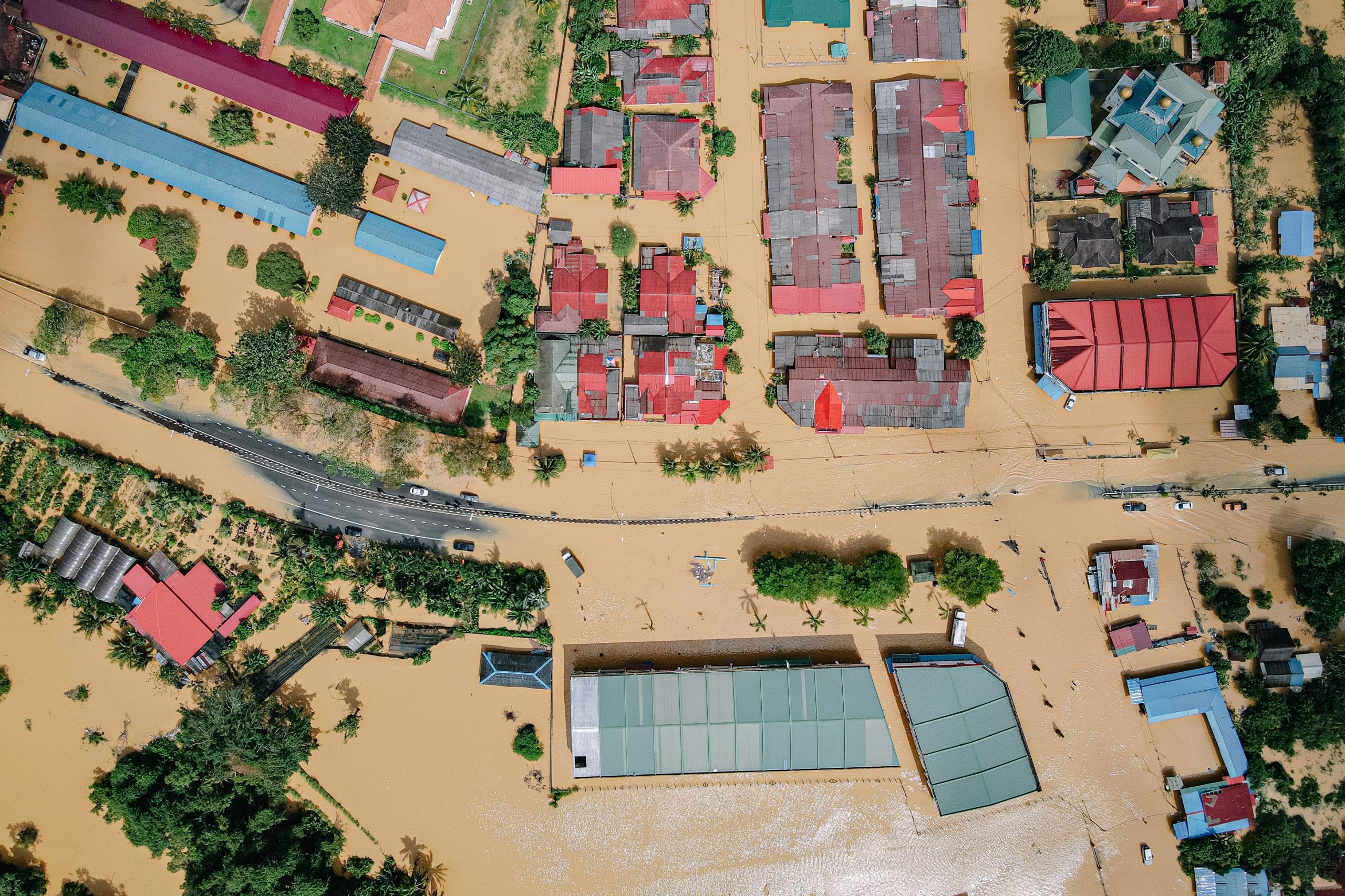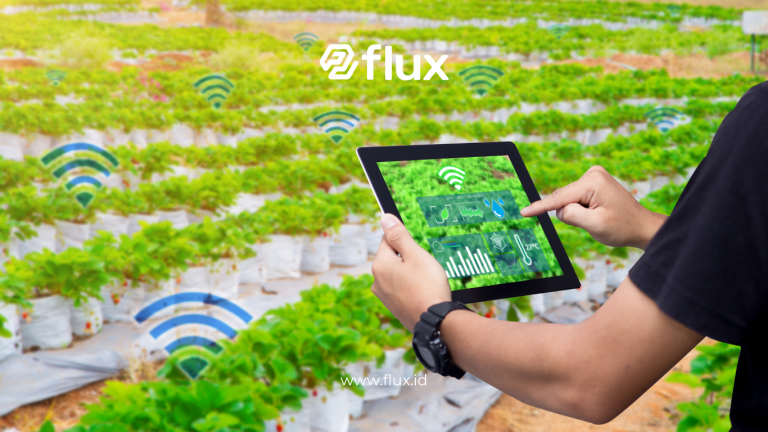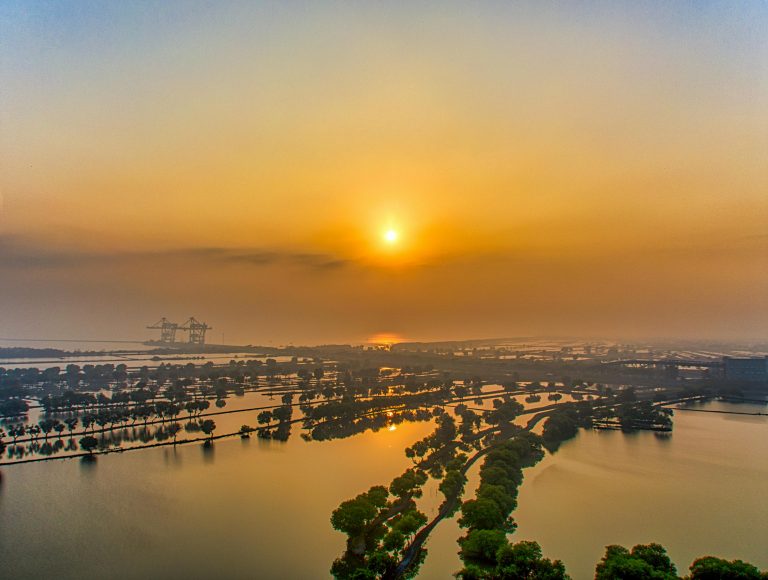Don't miss our holiday offer - 20% OFF!
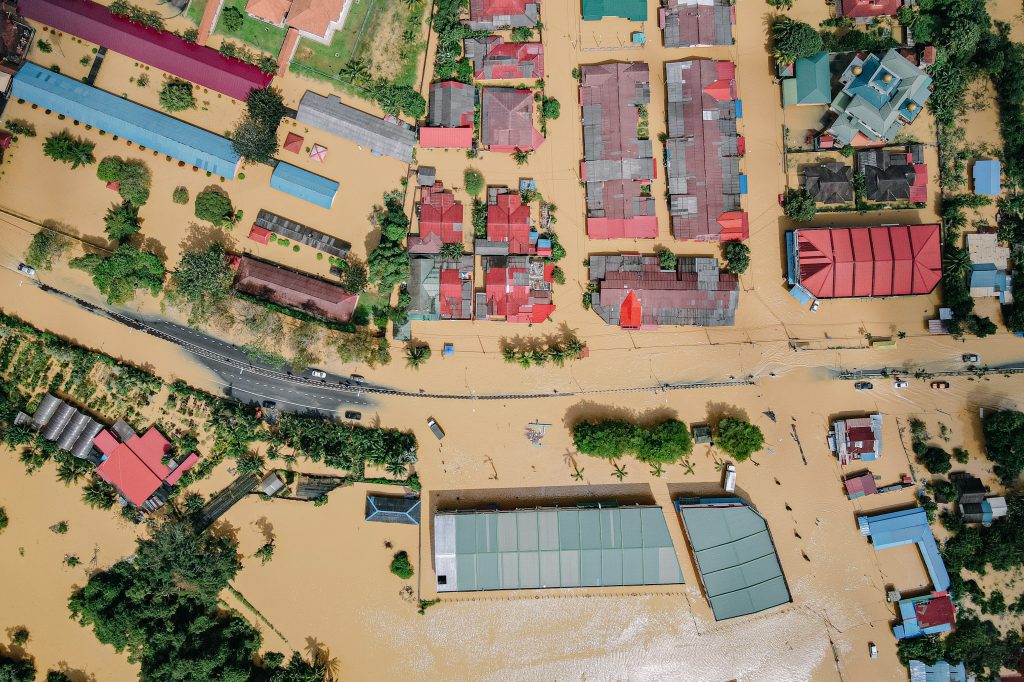
Read also : Utilizing IoT in Flood Monitoring and Early Warning Systems
Flood monitoring plays a pivotal role in disaster mitigation and water resource management. Technological advancements have ushered in more advanced tools and systems that now monitor flood conditions with increased precision and efficiency. At the heart of this advanced flood monitoring technology lies the pressure sensor. In this article, we will delve into the role of pressure sensors as the “unseen observers” that unveil the inner workings of advanced flood monitoring technology.
Contents
Modern Flood Monitoring Technology: An Introduction
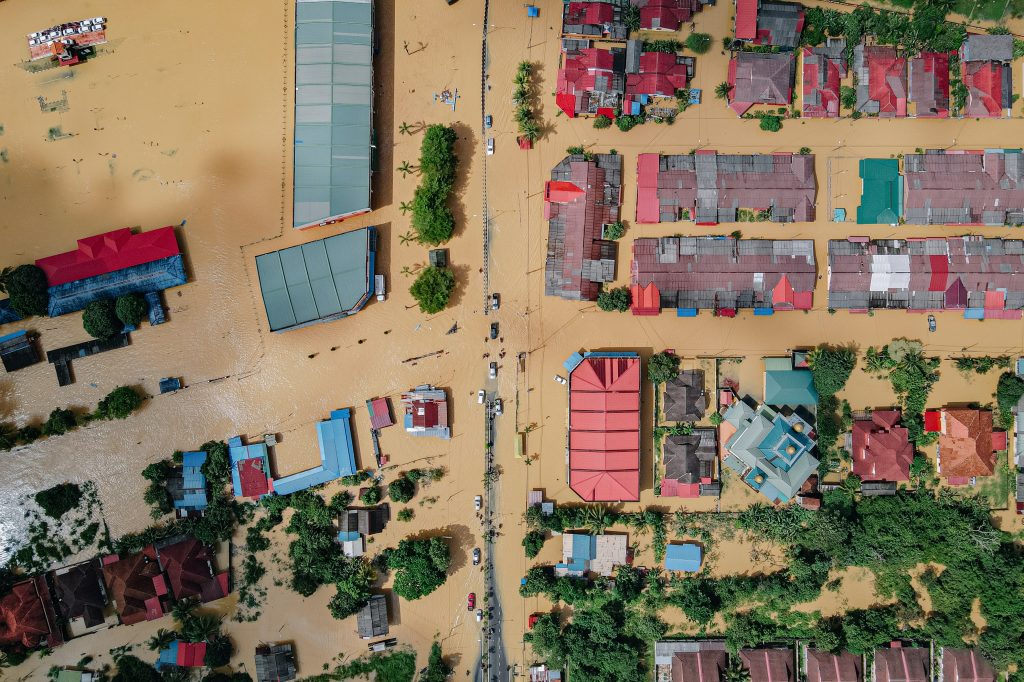
Read also : Participation at Communic Asia 2023 in Singapore
Before delving into the role of pressure sensors, let’s first understand the importance of flood monitoring. Floods are natural disasters that can cause extensive damage to properties, infrastructure, and even loss of human lives. Therefore, flood monitoring is vital for predicting, monitoring, and rapidly responding to floods.
Modern flood monitoring technology has integrated sophisticated sensors and Geographic Information Systems (GIS) to provide a better understanding of flood conditions. One of the key sensors in this system is the pressure sensor.
Pressure Sensors in Flood Monitoring

Read also : Automated Parking Concept: Smart Solution for Availability
Electronic devices, often referred to as pressure measurement instruments, gauge the pressure of fluids or gases in particular settings. In the context of flood monitoring, these devices actively assess water pressure in rivers, lakes, or flood-prone regions.
How do pressure sensors work in flood monitoring?
- Measuring Pressure Changes: Pressure sensors are strategically placed at locations such as riverbeds or lake bottoms. As water levels rise or fall, the pressure above the sensor changes.
- Real-time Data Transmission: The pressure data obtained by these sensors is transmitted in real-time to flood monitoring centers. This enables experts to monitor changes in water levels quickly.
- Flood Prediction: By using pressure data from multiple locations, scientists can predict potential floods with high accuracy. This allows for early notifications to the public and authorities to take appropriate preventive actions.
- Integration with Information Systems: Pressure sensor data is often integrated with GIS to provide better visualization of flood developments. Interactive maps can aid in more effective monitoring and response.
Advantages of Pressure Sensors in Flood Monitoring
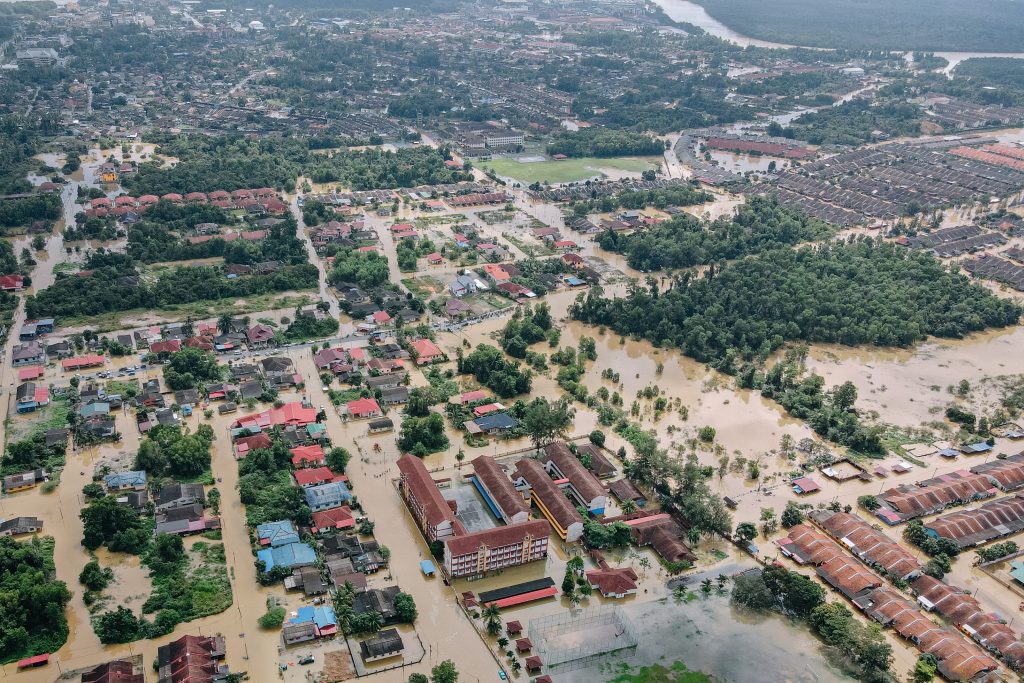
Read also : Security and Privacy in Connected Parking Systems: Challenges and Solutions
Pressure sensors offer several advantages that make them the preferred choice in flood monitoring:
- High Accuracy: Pressure sensors can measure pressure changes with great precision, enabling early detection of significant water level fluctuations.
- Continuous Measurement: They provide continuous pressure measurements, allowing for extended monitoring over extended periods.
- Environmental Resilience: Pressure sensors usually possess robust designs capable of enduring challenging environmental conditions, including exposure to water, dust, and extreme temperatures.
Conclusion

Read also : Security and Preparedness Enhanced by Smart EWS Technology
Critical components within advanced flood monitoring technology, these instruments act as vigilant observers, precisely unveiling the operational mechanisms of the system. Leveraging these tools, we bolster our ability to forecast, oversee, and address floods, thereby safeguarding human lives and valuable assets. As technology advances, anticipate ongoing innovations in flood monitoring for a safer and more sustainable future.


